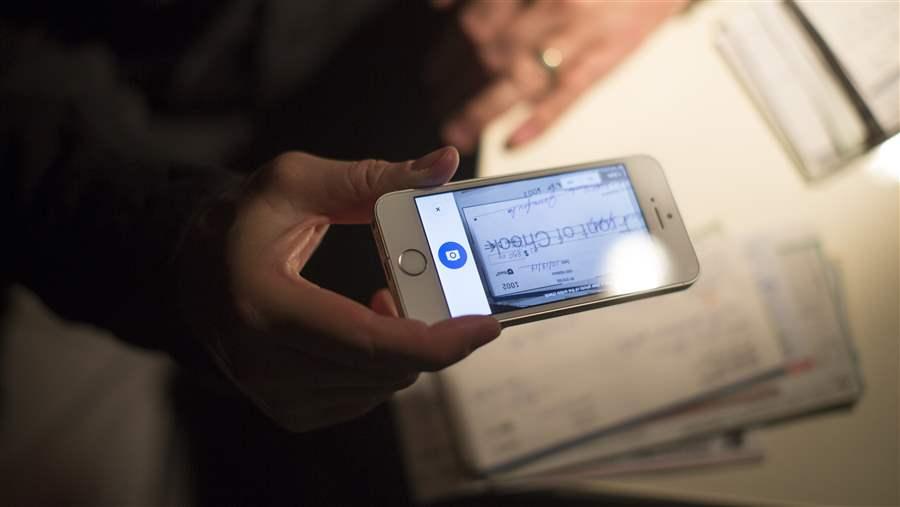The Legal Framework of Mobile Payments
Gaps, ambiguities, and overlap
 The Pew Charitable Trusts
The Pew Charitable TrustsAs mobile payments grow in popularity, policymakers need to understand the legal framework in which these transactions take place.
As the popularity of mobile payments grows, it becomes increasingly important to understand the legal framework in which these transactions take place. Consumers need to know their rights and responsibilities. They need to be alert to the financial risks they are exposed to and the legal remedies available when transactions go awry. Financial institutions and other companies that facilitate mobile payments need clear rules describing their obligations, rights, and liability as they develop new mobile payment products and contract with consumers for mobile payment services. Finally, policymakers need to understand the impact of applicable laws and rules on consumers and mobile payment providers so they can evaluate whether they are adequate, and if not, what new provisions are needed. This report describes and analyzes the legal framework of mobile payments.










